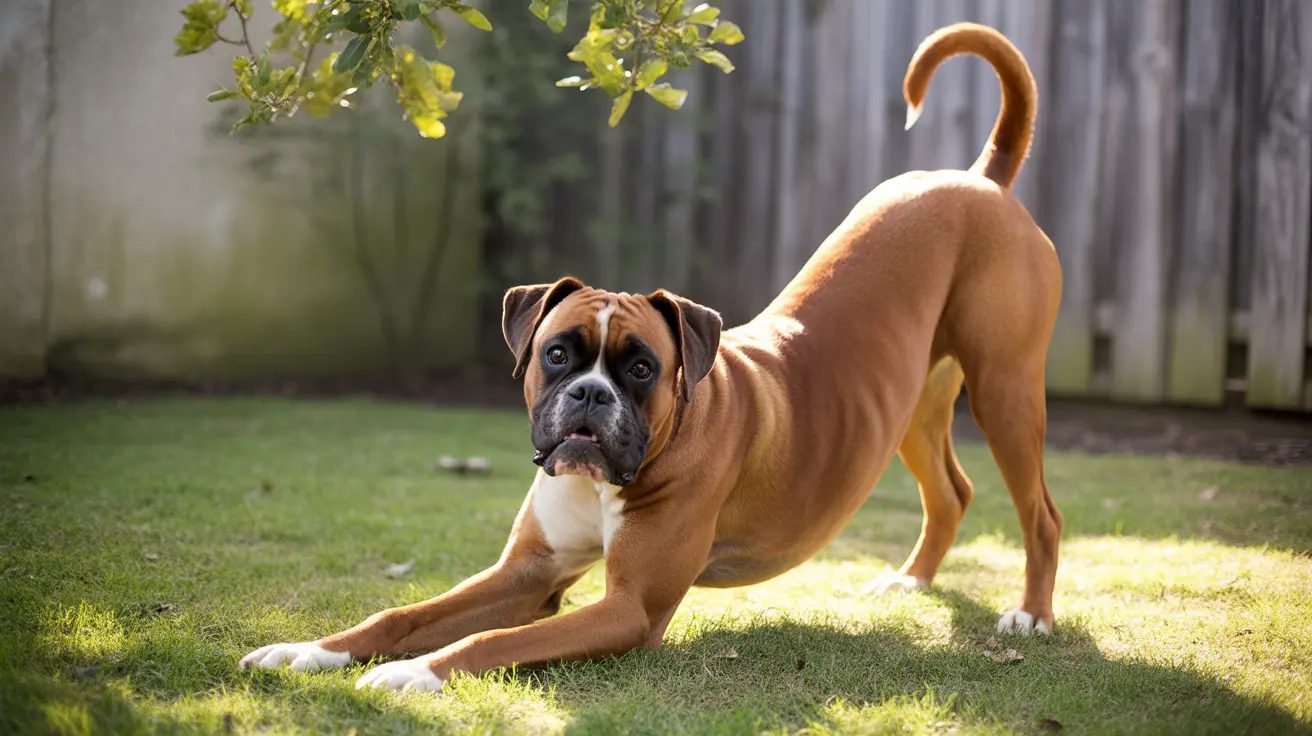How Dogs Perceive Time: Understanding One Hour in Dog Time
Dogs are remarkable creatures with an acute sensitivity to their environment. While they don’t wear watches or check calendars, they experience the passage of time in ways unique to their species. One of the most intriguing questions among dog owners is:
how long does an hour feel to a dog?
Dogs and Time Perception
Research into canine cognition reveals that
dogs do not process time like humans do, with exact hours and minutes. Instead, they respond to routines, body rhythms, and environmental cues. One theory suggests that dogs might sense time due to the weakening of smells throughout the day. For instance, the scent of a dog's owner grows fainter the longer they are away, helping the dog sense how much time has passed.
Factors Influencing Canine Time Perception
Several factors affect how dogs perceive time:
- Routine and Conditioning: Dogs form strong associations with daily routines. If a dog is usually walked or fed at a specific time, they begin to anticipate these events with remarkable accuracy.
- Sensory Inputs: Dogs have an extraordinary sense of smell and hearing. They can detect slight changes in the environment that signal the passage of time.
- Separation Duration: Studies show that the length of time a dog is separated from its owner affects their reaction. Dogs tend to show greater enthusiasm and arousal when away from their humans for two or more hours compared to shorter intervals.
Scientific Insights
While there is no conclusive scientific formula converting human hours into 'dog hours', researchers have aimed to understand canine time perception through behavior. Dogs, like other animals, may experience
time dilation—the phenomenon where time feels longer due to increased cognitive processing or attention.
In daily life, this could mean:
- A human’s one hour may feel longer to a dog, especially if that time is spent waiting, alone, or without stimulation.
- Exciting events, such as play or walks, may make time pass faster for a dog.
Some experts suggest a general ratio based on cognitive aging, where 1 human year equals about 7 dog years. While not scientifically accurate for all purposes, this could loosely imply that
1 human hour might feel like several hours—perhaps 3 to 7—to a dog, depending on age, breed, and emotional state.
Emotional Context Matters
Dogs are emotional animals. Their emotional states greatly influence how they perceive time:
- Anxious or bored dogs may find time passing more slowly, especially in the absence of their humans.
- Stimulated or happy dogs with access to toys, activities, or canine companions may experience time less keenly.
Dogs may also differentiate between short and long absences. fMRI studies show dogs exhibit stronger emotional reactions to longer periods of separation, suggesting a nuanced perception of time duration.
Dog Breeds and Time Sensitivity
Different breeds may experience time differently due to varying energy levels and social needs. For example:
- Working breeds like Border Collies or German Shepherds may become restless more quickly during inactivity.
- Companion breeds such as Cavalier King Charles Spaniels may be more content with quiet time but still sense duration of absence keenly.
Practical Implications for Owners
Understanding your dog's sense of time can help build a happier environment:
- Stick to regular feeding and walking routines to provide structure.
- Provide stimulation during absences—interactive toys or puzzle feeders help manage boredom.
- Use calming techniques or dog-sitting services if away for extended periods.
Conclusion
While exact time perception in dogs remains imperfectly understood, behavior and brain responses suggest our one hour may indeed feel longer to them. Because of their sensory sensitivity and emotional bonding, dogs respond deeply to time spent apart from their humans. Whether by science or intuition, keeping a consistent and attentive relationship helps dogs navigate their sense of time in a positive way.





